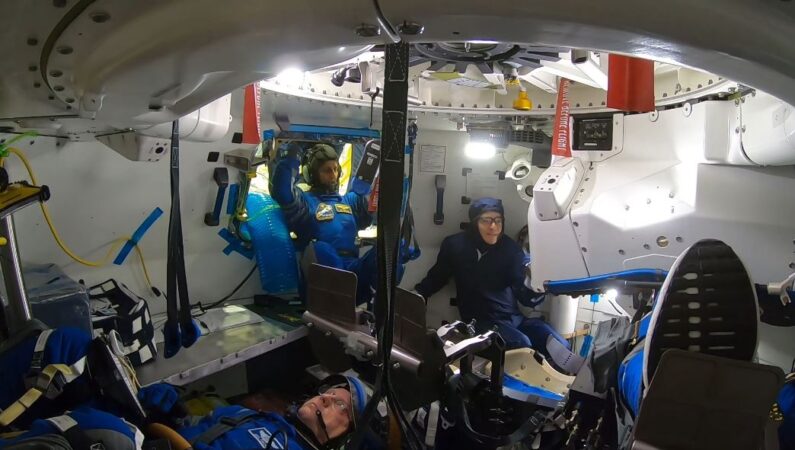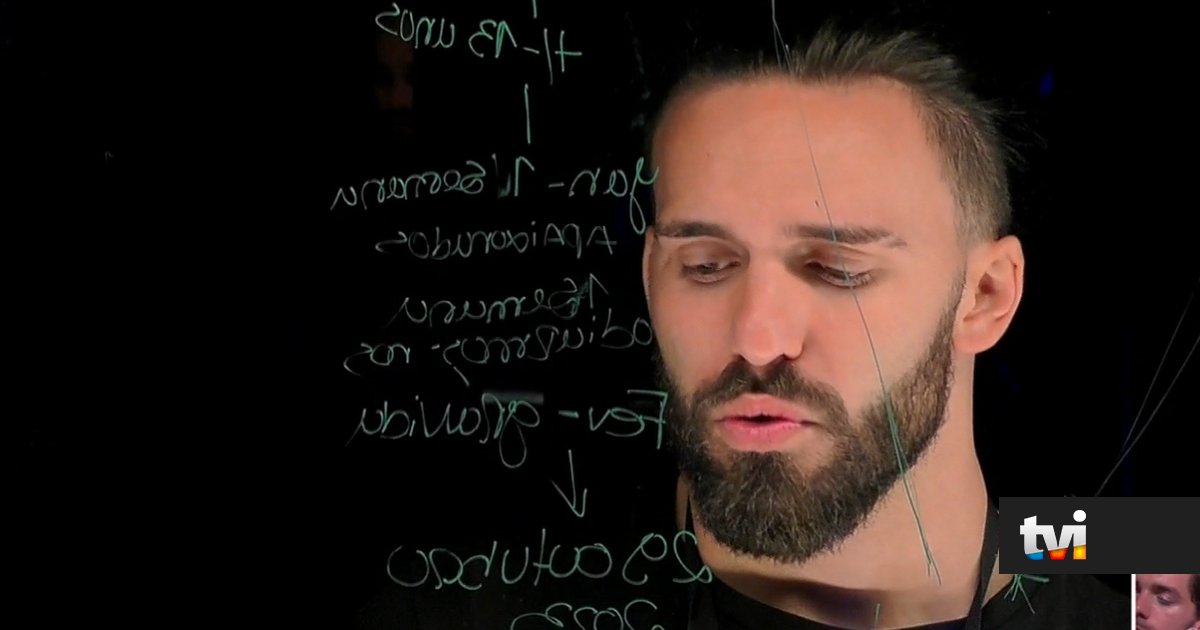Reinaldo Jose Lopes
Sao Carlos, SP (continued) Using the most effective vaccine technology against Covid-19 developed to date, scientists in the United States have created a polyvalent influenza immunization. It covers all major disease virus subtypes – something no vaccine currently available is able to do.
This approach has, at the moment, only been tested on laboratory animals and there is still a long way to go before it is approved for use in humans. However, the findings, which have just appeared in the specialized journal Science, suggest that it is possible to circumvent a major limitation of current influenza vaccines. The big problem with the methods most used today is precisely the need to “bet” on a small number of disease subtypes when creating an immunization, without knowing whether they will be the most relevant in terms of the risks they pose to the population.
Coordinated by Claudia Arevalo and Scott Hensley, of the University of Pennsylvania, the work is based on mRNA (messenger RNA) vaccines, a “cousin” molecule of DNA also used in most of the Covid-19 vaccinations that have been applied in Brazil.
In this approach, specialists synthesize an mRNA molecule that contains the recipe for producing one of the proteins that make up the disease virus. Upon reaching the patient’s body, this mRNA stretch is “read” by cells, which begin to produce viral proteins.
With this, the body’s immune (defense) system realizes that it is encountering foreign substances and learns, among other things, to produce antibodies, molecules capable of attacking such substances. Thus, when the real virus comes into contact with a vaccinated person, the immune system already has a specific arsenal against the enemy, preventing infection or significantly reducing its effects.
The same logic applies to the old flu vaccines that are widely used today. The difference between them is that the component that helps to “train” the immune system is not mRNA, but the disease virus itself, which grows in chicken eggs and is deactivated with the use of detergents. The problem is that, with this approach, vaccines include in their formulation inactivated viruses from a maximum of four strains (varieties) of influenza causes.
However, there is a wide range of influenza strains, which are part of at least 20 different strains of the so-called influenza A and B viruses, most important in affecting humans. In theory, a universal flu vaccine could try to identify what all of these viruses have in common to create a formula that prevents any of them from working. However, in practice, no one has yet figured out how to do this.
In their study in Science, the University of Pennsylvania team decided to take an approach other researchers call “brute force”: using mRNA particles from representatives of all 20 influenza A and B strains simultaneously. For this, they chose mRNAs that match the “recipe” for hemagglutinin, a protein on the surface of influenza viruses that they use to bind to the membrane of human cells. That is, it is a good goal if the idea is to prevent the initial steps of infection.
Laboratory tests on mice and rodents (animals often used in studies of respiratory diseases) have shown that this approach can work. The animals were able to produce good levels of antibodies against viruses from all 20 strains and did not get sick when they were inoculated directly with the influenza strains. The protective effect was also extended to strains whose genetic material was not included in the vaccine formulation, although in these cases the animals had mild symptoms of the disease.
Allison Kelvin and Darrell Falzarano, researchers from the University of Saskatchewan (Canada) commenting on the study at Request for Science, claim that a polyvalent mRNA vaccine can achieve better results than current influenza vaccinations because it appears to be able to. It completely prevents infection in the lungs, as shown by data in rodents.
According to them, one potential concern that needs to be analyzed is the fact that such a vaccine might involve the use of genetic material from viruses that are not currently circulating in humans. On the one hand, this could prevent new flu epidemics from emerging, but it also has the potential to direct the development of new strains of the disease.
But this scenario seems unlikely, because the polyvalent vaccine, in this study, is associated with preventing infection and virus replication. These results indicate that, most likely, this vaccine will reduce the likelihood of new viral strains emerging. In any case, more studies are needed to better understand the potential and limitations of the approach, the pair say.
Read more

“Wannabe internet buff. Future teen idol. Hardcore zombie guru. Gamer. Avid creator. Entrepreneur. Bacon ninja.”







More Stories
Évora_27 celebrates Europe Day through the intersection of art and science
Itanhaém distributes more than 700 bottles of repellents to pregnant women – THMais
According to science, the health of Brazilian children has deteriorated. Understand why